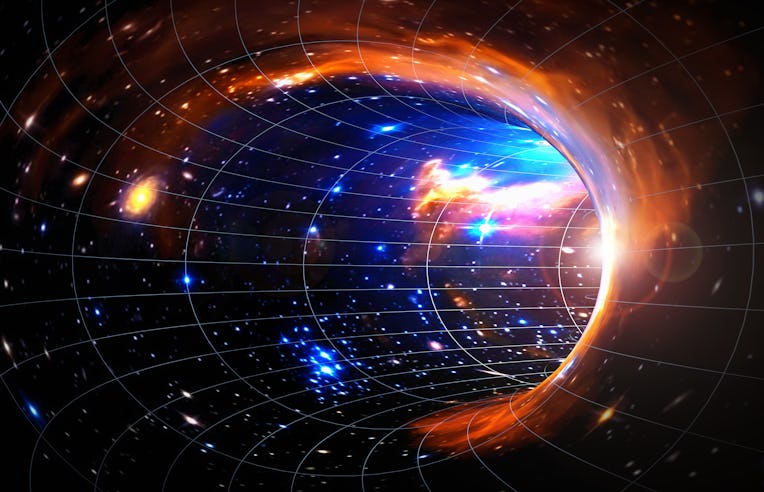Scientists have discovered a new hole, and I know what you’re thinking — “buddy, what’s that got to do with me?” Well, I’ll tell you, buddy. Nothing!
Still, you might as well learn about it since you’re already here. Plus the researchers who found it are calling it a “very exciting discovery,” so I think it would at least be polite to feign interest. They worked really hard on the hole, and got their research published today in the journal Nature Astronomy, and now it’s our duty to listen.
The hole in question is a dormant black hole, it’s nine times the mass of the sun, and it’s the first of its kind ever found outside of the Milky Way. (“Oh my god…” ← that’s what you should be saying.) There have been other outside-of-the-Milky-Way dormant hole rumors, but according to the researchers (who’ve worked together in the past to debunk other so-called black hole “discoveries”) this black hole is “the first to be unambiguously detected outside our galaxy.”
A stellar-mass black hole forms when a star dies, as you may know, and the fact that it’s “dormant” means it doesn’t emit the sort of X-ray radiation that typically allows black holes to be found. “It is incredible that we hardly know of any dormant black holes,” said study co-author Pablo Marchant in a press release about the hole, “given how common astronomers believe them to be.” I was just thinking that the other day.
This black hole is part of a binary system and orbits a hot, blue star that is 25 times the sun’s mass. (A black hole orbiting a hot star? Ha, ummm, Ben Affleck much??) The dormant hole is called VFTS243, and the dead star that led to its creation seemingly vanished without a supernova explosion. If this — something deemed a “direct-collapse scenario” — is determined to be true, study co-author Tomer Shenar believes it will have “enormous implications for the origin of black hole mergers in the cosmos.” Pretty big stuff …
The study is based on six years of observations gathered through the use of the European Southern Observatory’s (ESO’s) “Very Large Telescope.” And that’s what the real name of that is.
